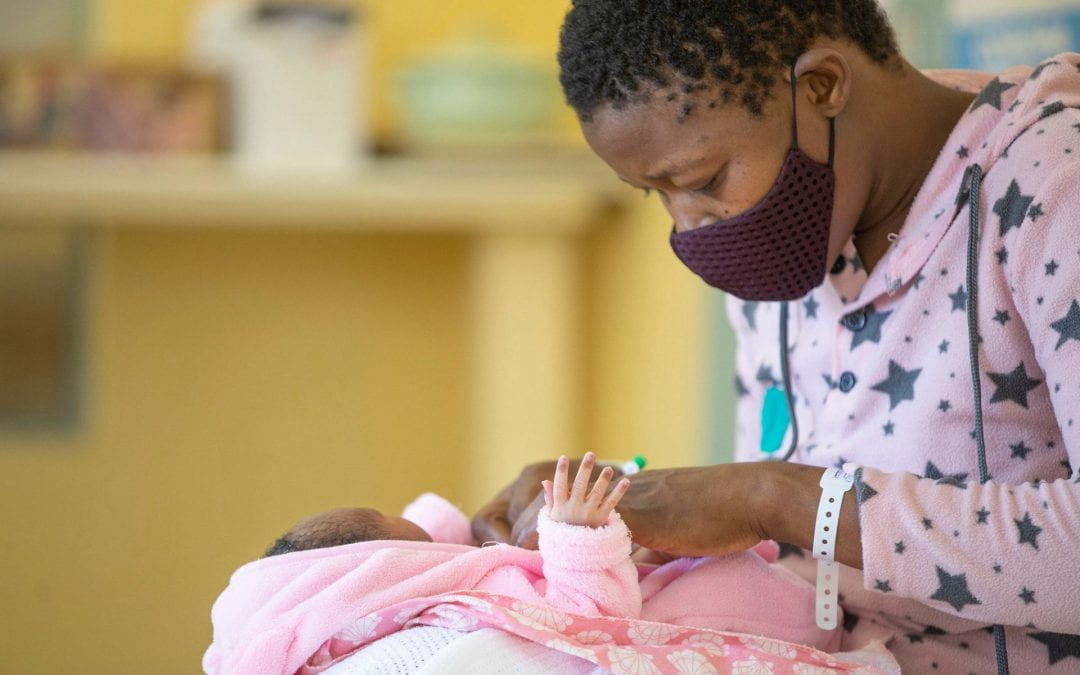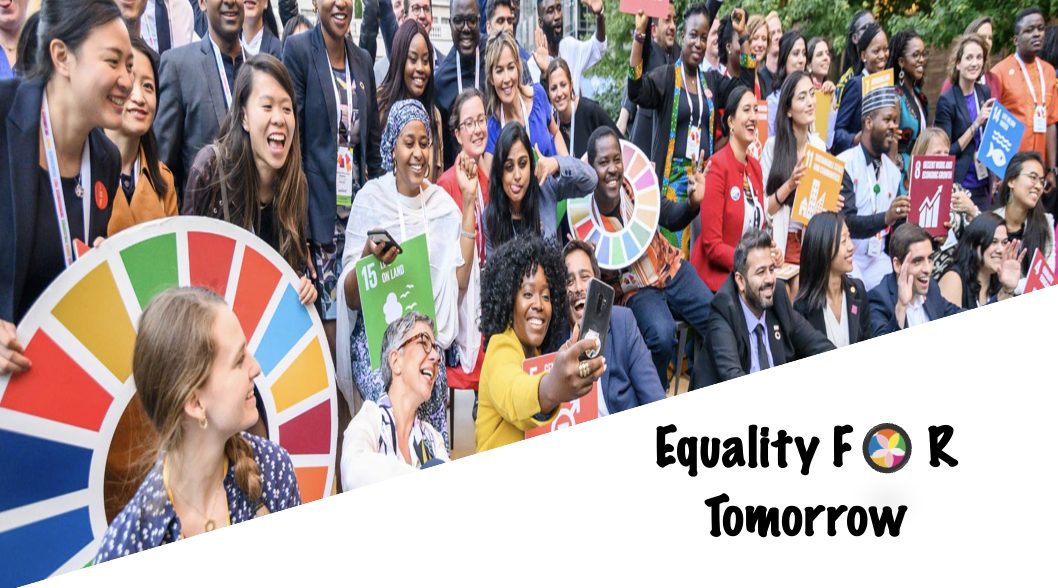

Lebanon Reimagined: Boosting the Economy through Tourism Triumphs
We were thinking about a pressing challenge in the situation we are in now: if Lebanon is perceived as a tourist destination. Potential tourists/visitors to Lebanon always have something stopping them from visiting Lebanon, especially those who do not know much about it and have not visited it before.
These perceptions were highly influenced by the way the media portrays Lebanon with all its economic and political instabilities. We questioned what we could do to change this narrative, and how could we shift people’s perceptions of what Lebanon is to influence them to travel to this country full of rich culture and breathtaking landscapes.
The graph above shows the change in Lebanon’s GDP over the years, indicating a sudden fall after 2019. In the economic situation which we are currently in, Lebanon needs something to help revitalize this situation and help it grow again. For that reason, we launched a program to revitalize the Lebanese economy through tourism enhancement.
We analyzed several sources of data and came up with the visualization under. The visualization indicates there is a direct correlation between Lebanon’s GDP and tourism receipts. Up till 2018 and 2019 (shaded 1), we see Lebanon’s GDP and tourism receipts both at their highest points. After those years, we see a sudden drop in 2020 in both indicators (shaded 2).
For this reason, we did the following:
We invited travel bloggers, and social media influencers from around the world and we specifically targeted those with a large amount of following and influence. The goal of this was not to bring them so that they could showcase Lebanon to their following base. The goal behind this was to immerse them in the Lebanese culture and the activities and experiences they will cherish from being in Lebanon. That way, what they share with their audience is authentic, and true to the emotions they felt.
We also targeted other areas of improvement which were important for the success of the project. Those are regarding: infrastructure, marketing, and local community involvement. We coordinated with municipalities, as well as local businesses to ensure that all our key points are addressed to enhance the tourist experience in our country. We think that our concentrated efforts to enhance the tourism experience and actively include local communities are what will be responsible for revitalizing the Lebanese economy in the right direction again. In addition to stimulating the travel and tourism industry, our project will potentially have a positive knock-on effect on the whole economy, generating jobs and encouraging sustainable growth.

From Playgrounds to Parenthood
A group of us here at the UN development program are tasked with dealing with important issue of underage pregnancy in third world countries. Teenage pregnancies (14-15 years) have been drastically increasing across many underdeveloped countries. It seems teenagers in these countries hold the view that a successful future is one in which you have multiple children, forming a big family as early on in life as you can. This leads to the unwanted issue that comes along early age pregnancy. Rising cases of sexual transmitted diseases and impoverished children who cannot be supported by a mother who is in turn being supported by a parent. So we thought what about implementing mandatory education programs across schools in third world countries? Can we influence their relationship decisions? We looked into the correlation of education programs and teenage pregnancy levels in other areas access the world. Level of education was compared to the number of pregnancies in girls aged 14 to 15 years. Interestingly enough we saw that teenage pregnancy rates are far lower in those countries with high education levels. Our goal was to then implement these education programs across developing countries that struggled most with underage pregnancy. We feel that this mandatory inclusion of sex education into all curriculums would be best suited to tackle the issue of rising teenage pregnancy.

Equality For Tomorrow
Team: Jana Chazbeck, Olguinia El Ferzli, Josephine Kaadou, Haydar Hamdan and Rawane Ibrahim.
Note that you can watch the videos here if you faced any technical or connections issues while visiting the website:
Reinvented toilets video:
Volunteers video:
Thank You for visiting our website!

Education and Early Marriage
Fatou is a 27-year-old housewife. At 15 years old, she decided to quit her education to get married to the love of her life, a man 8 years older than her, who had promised her a wealthy life in which she wouldn’t worry about a thing.

A few years into her marriage, her husband wasn’t doing well financially, and she found herself financially abused by him. All the promises went into vain and she was there begging for a penny to get the most basic goods she needed. Looking at herself, she found herself with no knowledge or skills to help her stand on her feet. With no education to support her, she felt like all the doors were shut, and her only salvation was her husband, who in turn belittled her for always being dependent on him, noting that it had been himself who stopped her from being an achiever.

This is not only the story of Fatou, but also that of millions of women living in disparity because they couldn’t be self-sufficient and independent. This story is yet another example of what the SDGs tackle, like Reduced Inequalities, among others as Quality Education and Gender Equality.
The contribution of women in the society decreases early marriage, and early marriage is linked to low education.
The graph shows the countries with the highest number of women who were first married by age of 15.
The top 3 countries with the highest number of women who were early married are Niger with 37.37% , Bangladesh with 32% and Chad with 29.25%.

Moreover, 76% of girls in Niger are married before their 18th birthday and 28% are married before the age of 15. Niger has the highest prevalence of child marriage in the world and the 13th highest absolute number of women married or in a union before the age of 18 globally – 745,000.
As a result, Awareness campaigns must be done to limit early marriage, and impose laws on marriage before 18.
In the time it has taken to read this article 39 girls under the age of 18 have been married
Each year, 12 million girls are married before the age of 18
That is 23 girls every minute
Nearly 1 every 2 seconds.